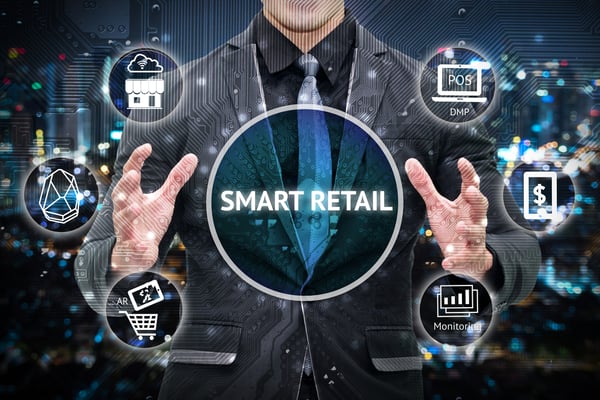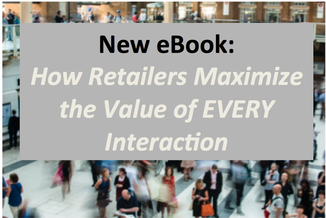 In the space where retail meets online, competition is intense – and especially difficult to navigate when you’re playing in both games. I recently read an awesome interview from eMarketer with Theory House’s Jim Cusson and wanted to kick the same questions to our CEO, Mike Caccavale. His insights are worth a read.
In the space where retail meets online, competition is intense – and especially difficult to navigate when you’re playing in both games. I recently read an awesome interview from eMarketer with Theory House’s Jim Cusson and wanted to kick the same questions to our CEO, Mike Caccavale. His insights are worth a read.
What is the core challenge facing retailers today?
I agree with Cusson’s statement that “the biggest challenge is that legacy retail models can’t evolve quickly enough.” Change is difficult and there’s a lot of information and vetting that needs to happen as you develop your strategy, which really slows things down. The more nimble brands – those who operate in a dynamic pattern – are more apt to stay ahead.
But don’t count legacy retailers out of the game. While they might take longer to build their momentum, they have a lot to work with once they’re firing on all cylinders.
Which factors make stores more attractive than ecommerce to today’s shoppers?
There are several things that keep retail alive for many consumers.
- The ability to touch the product, see different offerings, and compare things that require feel.
- Delight – I don’t think people get retail therapy from ecommerce the way they do in a retail store.
- The ecommerce experience is somewhat endless – there’s always something more to look at, more to consider. That can get overwhelming and many consumers feel like the store experience can bring a close to some shopping events
For those legacy retailers, how can the in-store experience improve?
- A super smooth transition from online to retail is absolutely necessary.
- Leveraging in-store for future online sales. Say I’m browsing and I see something, I should be able to go online later and just get it that week, weekend, or a month later - easily.
- Conversely, you should be able to look online and go into the store and say “I’m looking for this.” That system needs to be improved.
What do retailers have to do in the long term to make sure their physical stores survive?
- Support all the channels a customer wants to buy in.
- Tailor the experience in the store for different types of shoppers – the browser, the non-browser. If this is not easy for you to do, do a segmentation exercise. If you cannot do an exercise, hire someone. I should be able to check into a store and know how to find the things I like, how to avoid the things I don’t need, and receive recommendations based on what I’m looking for. For example, my son recently bought a pair of shoes from Nordstrom. The shoe has a code on it, so if he brings the shoe back in, they can pull his receipt and other data.
What’s your opinion on the Amazon Go store concept, which completely eliminates the checkout process?
I love it. A daunting checkout process is a huge pain point for consumers. Sam’s Club is the worst – you go through actual checkout and then you go through the receipt checkout. It’s ridiculous from an experience perspective.
Sam’s Club recently launched Scan & Go, letting customers scan items as they shop and pay via the app. Is this a step in the right direction?
It feels like it is. From a practical perspective, that activity should happen on my phone – not a store-provided device that’s susceptible to malfunction, dead batteries, etc. Enabling the mobile device technology will make checkout easier, and likely increase the number of items purchased in a single visit.
Cusson said, “we talked about employing technology as a way to reduce friction, and Amazon has hit it out of the park.” What do you think?
I agree. Friction gets in the way of sales, and technology is an excellent solution. It’s simple: less friction, more money, more “customer.”
What do retailers need to do this year to make sure their physical stores remain relevant?
Focus on the experience. And consider:
- If you’re not segmenting, what are you doing?
- If marketing isn’t informing the retail experience, what are you doing?
- How much does marketing know about the sales experience?
In the end, the customer isn’t going to ask your permission before they change their behavior. You have to be ahead of the curve of that change – and meet their needs as they evolve.


